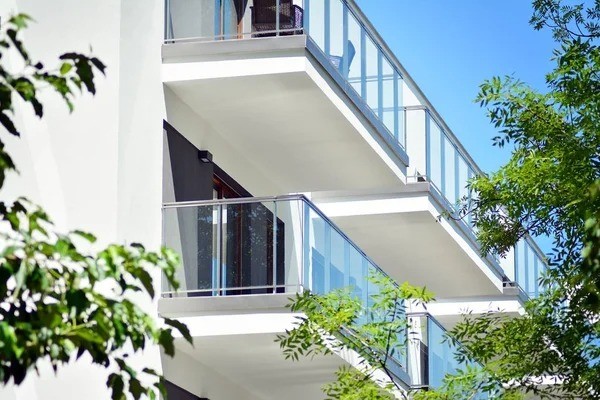Understanding SB 410 – What California Homeowners and Buyers Need to Know
A New Layer of Safety and Transparency for Homeowners
Beginning January 1, 2026, California’s Senate Bill 410 (SB 410) will take effect, expanding upon previous balcony inspection laws such as SB 326. The goal is to enhance building safety and increase transparency in the sale of properties that include exterior elevated elements (EEEs)—such as balconies, decks, and walkways.
This new legislation stems from a tragedy in 2015 involving a deadly balcony collapse, prompting the state to require routine inspections of such structures. SB 410 builds on these efforts by strengthening disclosure rules and record-keeping requirements for sellers, homeowners’ associations (HOAs), and inspectors
Key Provisions of SB 410
1. Mandatory Disclosure to Buyers
Sellers must now provide prospective buyers with a copy of the most recent balcony or elevated element inspection report. This ensures buyers are fully informed about the safety and condition of shared structures before finalizing a purchase.
2. Standardized Report Requirements
Inspection reports must clearly include:
-
The number of units and elevated elements inspected
-
Any immediate safety risks found
-
A summary of components evaluated and their condition
These details must appear prominently on the first page of the report
3. Inspector’s Certification
Inspectors are now required to certify that a statistically significant sample of elevated elements was evaluated, ensuring the inspection represents the overall safety of the building.
4. HOA Record Requirements
Under SB 410, these inspection reports become part of official association records and must be accessible to members for two inspection cycles, providing greater accountability and transparency
What This Means for Property Owners and Sellers
If you are:
-
Selling a condo or townhouse within a common interest development, you must provide the balcony inspection report as part of your disclosure package.
-
An HOA board member, you’ll need to ensure inspection reports are properly documented, shared with members, and include all required details.
-
A buyer, you’ll have improved access to safety information that helps you make more informed purchasing decisions.
These changes aim to protect California residents by promoting safer housing and transparent real estate transactions
How to Prepare
-
Schedule inspections early – Don’t wait until your listing goes live to secure your inspection report.
-
Review your HOA’s compliance – Confirm that your association has inspection documentation ready.
-
Consult with your real estate professional – Make sure your disclosure package includes all SB 410-related documents.
Final Thoughts
SB 410 reinforces California’s commitment to resident safety and consumer transparency. Whether you’re selling, buying, or managing property, understanding this law helps you stay compliant and protect your investment.
If you’re a homeowner or association member seeking guidance on how SB 410 affects your property, contact your Certified Real Estate Specialist today.

